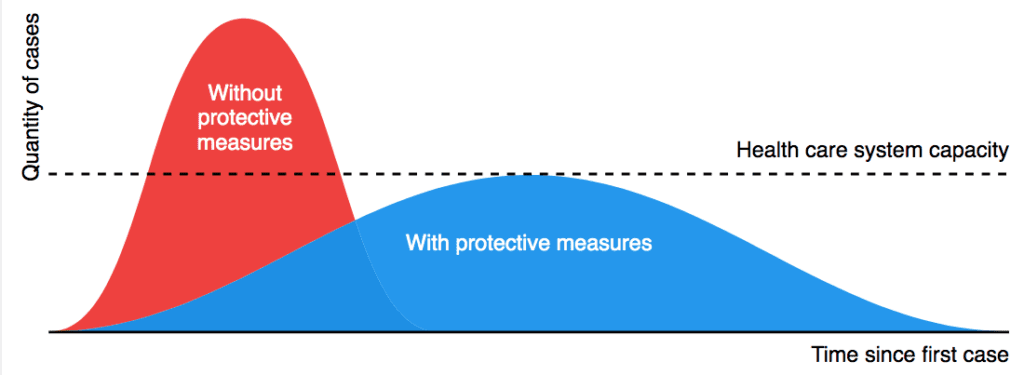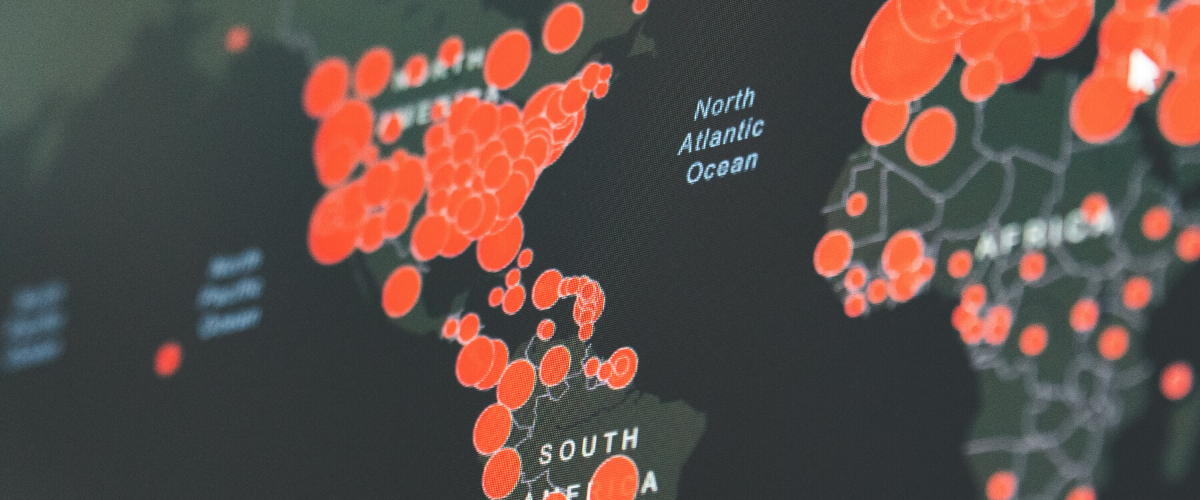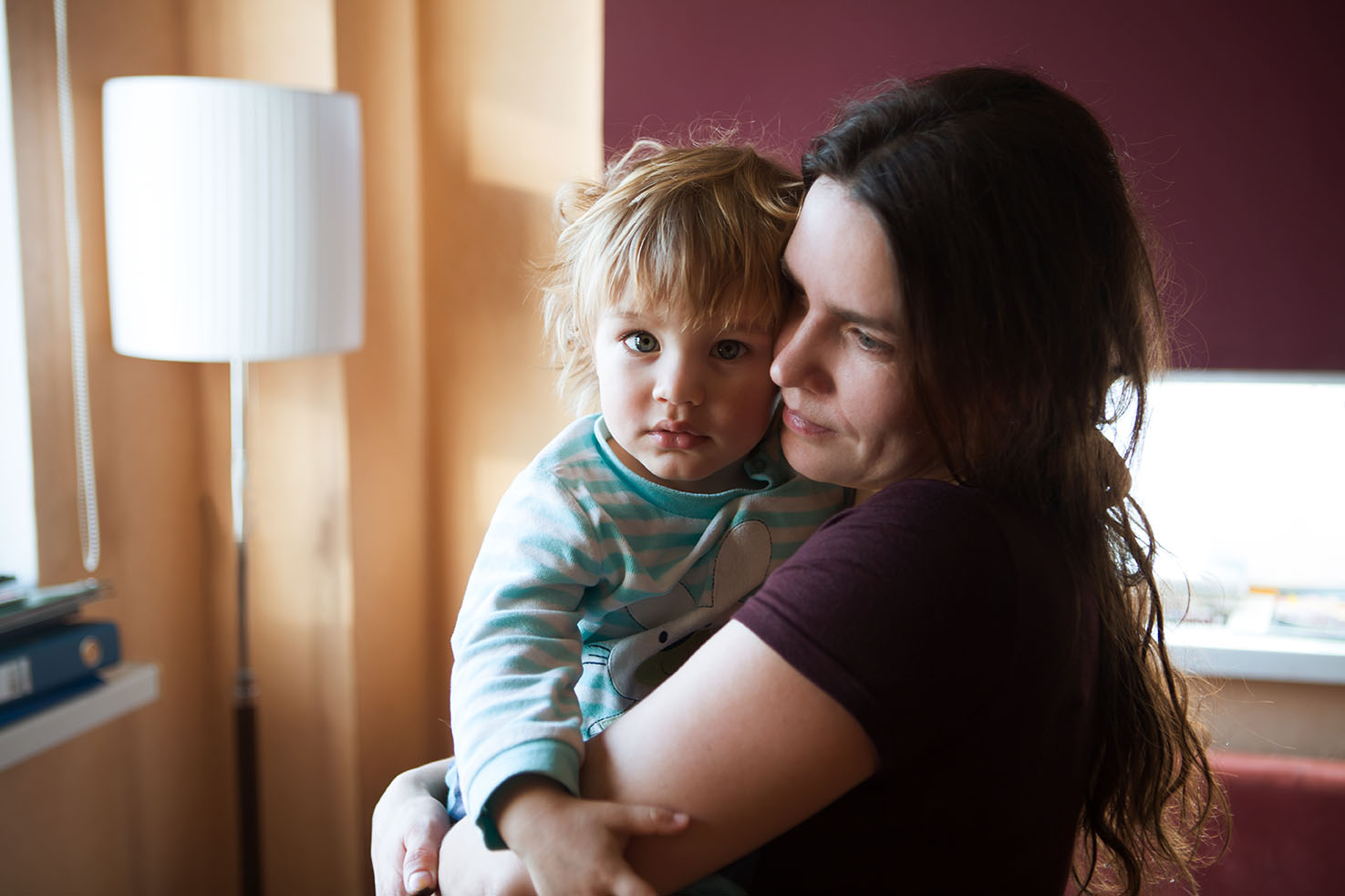On March 11, 2020 the World Health Organization (WHO) declared novel coronavirus, or COVID-19, a pandemic.
We get it; it sounds really scary. In BC and globally, things are changing very quickly and people are feeling anxious and afraid. Trusted information can both educate and quell fears, so we’re going to break down some key concepts in two parts. This part covers pandemics and what you can do to “flatten the curve”. You can part two, about pandemics and some terminology, here.
Declaring a pandemic means that there’s a new organism that’s infectious, like a virus, that is being spread over a large region or around the world, and is affecting a large percentage of the population. The word doesn’t tell us about the severity of the disease that’s caused by the virus. Symptoms may be mild or severe, meaning calling something a pandemic has no bearing on how an individual experiences the illness associated with it. The virus, age, and other medical conditions, dictate that.
Declaring a pandemic is not a call to warn people that it’s time to panic. It’s a call to encourage and enable governments and health officials to take stronger actions and to enlist emergency plans to protect the public
A few terms you’re probably hearing are “travel-related” or “imported” cases; these mean that cases arrive in a country or area because somebody traveled to a country where there is an outbreak, and brought it with them to a new area. Another term is “community transmission”. This means that there is spread of an illness with no known link to travel or contact with previously confirmed travel-related cases. The shift from travel-related transmission to community transmission impacts the decision to name it a pandemic. Not to be taken lightly, the WHO decides to characterize something as a pandemic when there are community outbreaks across large regions, e.g. several continents.
Declaring a pandemic is not a call to warn people that it’s time to panic. It’s a call to encourage and enable governments and health officials to take stronger actions and to enlist emergency plans to protect the public, like travel bans. All of this is done to protect the health of the global population and to slow the spread of the disease. By naming a disease a pandemic, countries are encouraged to take more aggressive actions. This is why the WHO named COVID-19 a pandemic.
We’re seeing some of those aggressive actions play out now as individuals are being asked to undertake measures for the greater good. Social distancing, self-isolation, self-monitoring for symptoms, working remotely when possible, avoiding travel and large crowds—these are a few of the measures we all must take.
All of this will lead to flattening the curve.
Flattening the curve means transmission is slowing, we are delaying spread, and there are fewer numbers of cases. The goal is to keep the number of new cases from rising too fast. A flattened curve is about keeping the number of cases low, to a number that our healthcare systems can effectively manage. Every person has a job to do to delay the spread of COVID-19. If we all play our role, the curve will flatten.

If we flatten the curve, we won’t run the risk of exhausting resources, and everybody who needs to receive care will be able to receive it.
What you can do is simple:
- Wash your hands regularly for 20 seconds
- If a sink isn’t available and if your hands are not visibly soiled, us alcohol based hand rubs
- Do not touch your face, eyes, nose, or mouth with unclean hands
- Cover your mouth and nose with a tissue or the crook of your elbow when you sneeze or cough
- Frequently clean and disinfect commonly-touched surfaces like your phone, computer/keyboard, desk, door handles, light switches, remotes, toilets, sinks, and hard-backed chairs
- Don’t share food, drinks, or utensils
- Practice social distancing
- Stay home when you’re unwell
The situation is serious, but we can move the dial on how serious it can be. Take precautions, listen to public health experts, and take action to protect yourself and your community. And remember that you’re not alone—the world is fighting this together. Let’s have each other’s backs.
Read part two of this series, about some of the terminology associated with pandemics and public health, here.



